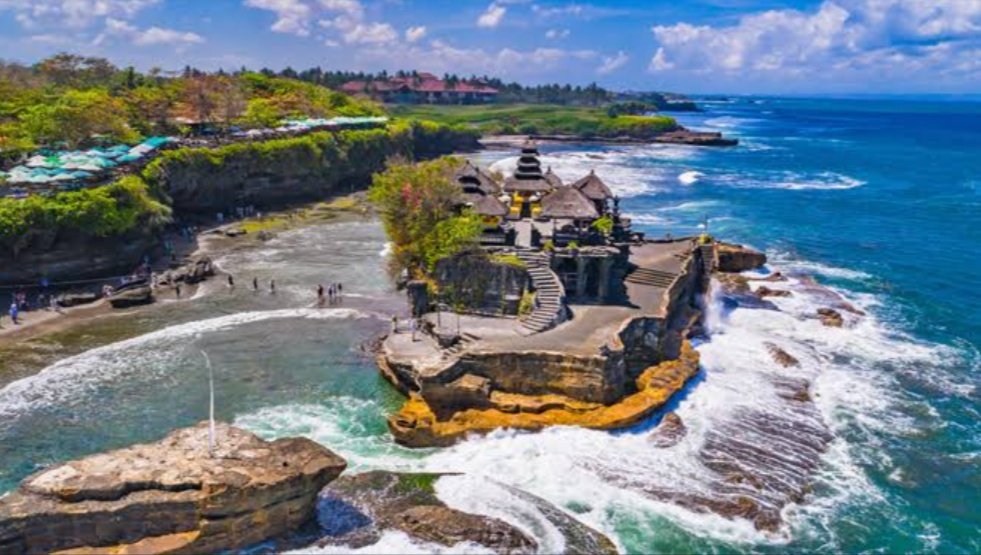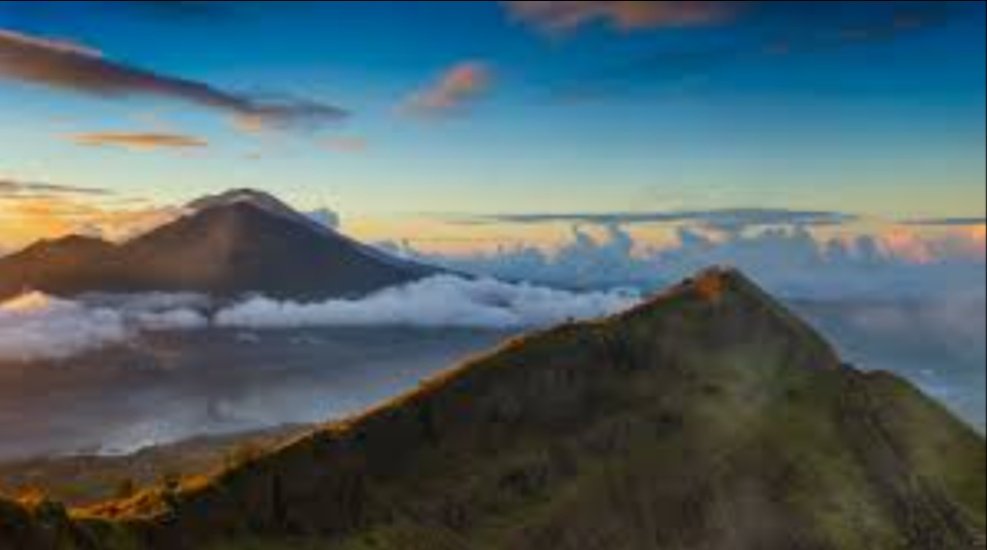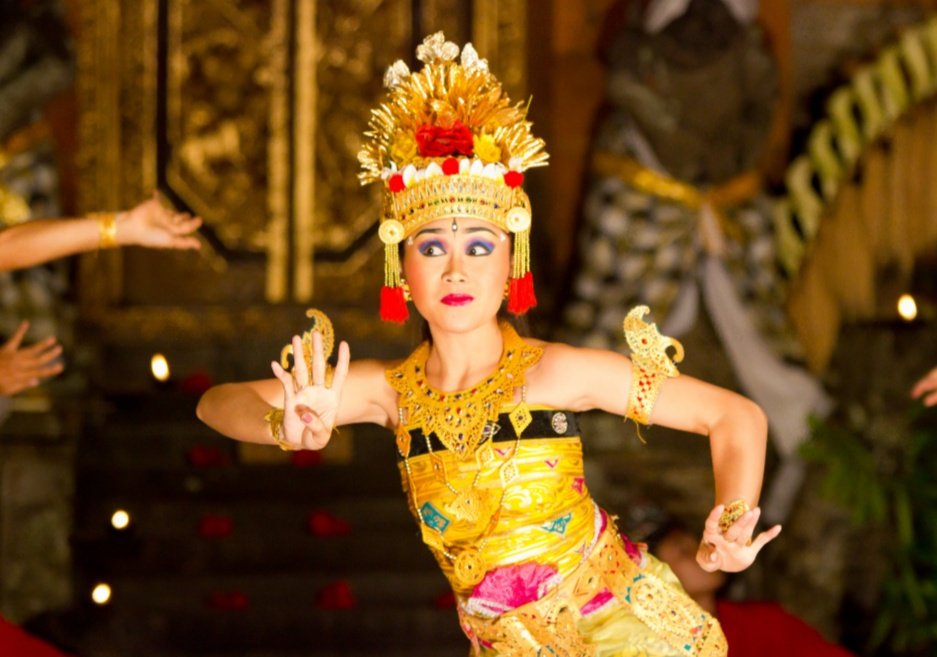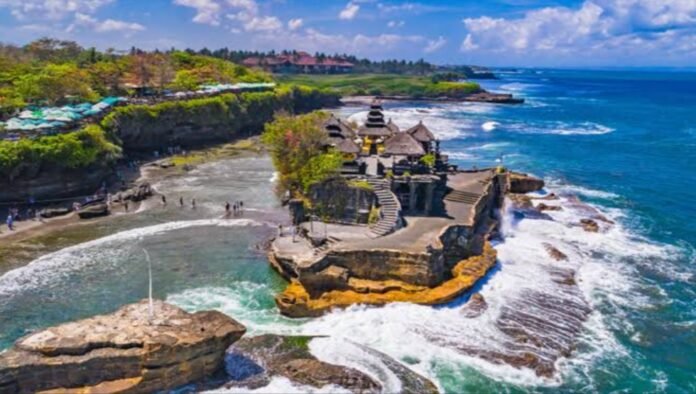We all know about the incredible beauty of Bali. Here are few most attractive spots of Bali.
Bali is one of the most beautiful and well-known tourist destinations in the Indonesian archipelago. A trip here enlivens the senses. In the thick tropical air, the seductive scent of incense and clove oil lingers. Traditional gamelan music jangles against the hum of mopeds as peanuts sizzle at roadside kiosks, petal-strewn offerings smoulder on busy sidewalks, and petal-strewn offerings smoulder on busy sidewalks.
Despite the loudness and chaos of the main tourist places, the island is rich in natural beauty, with attractions to suit all types of visitors. Surfers come for the world-famous swells, hikers for the misty waterfalls, and cyclists for the verdant landscapes dotted with rice terraces and ancient towns.
The island’s vibrant cultural culture is another lure, and if relaxation is a high priority, Bali’s shopping and spa services are fantastic — and reasonably priced. Spirituality adds to Bali’s charm, and viewing the gorgeous temples and attending solemn Hindu rites are among the top things to do in Bali.
The tourist masses have definitely swelled since the popular book and film Eat, Pray, Love spotlighted this charming island, but if you venture off the beaten path, you may still experience ancient Bali. With our list of the top attractions in Bali, you can discover the best spots to visit as well as some of the island’s hidden jewels.
(1) Pura Tanah Lot.
Pura Tanah Lot (“Pura” meaning temple in Balinese) is one of Bali’s most famous temples, located 20 kilometres northwest of Kuta. All who arrive are wowed by its beautiful coastal setting on a rocky islet surrounded by pounding surf.
It is one of the most revered of all the island’s sea temples to the Balinese people. (Pura Besakih is Bali’s largest and holiest Hindu temple, but local hagglers have recently harassed visitors.) Thousands of tourists from Kuta, Legian, and Sanur go to the temple every evening to watch the sun set behind the temple through a maze of pathways lined with souvenir vendors.
Pura Tanah Lot was established in the early 16th century and is said to have been inspired by the priest Nirartha, who encouraged local fisherman to build a temple here after spending the night on the rocky ledge.
Although foreigners are not permitted to enter any of the temples, at low tide, you may walk across to the main temple, and it’s wonderful to roam along the walkways snapping photos and taking in the magnificent scenery.

(2) Mount Batur.
Hundreds of visitors make the trip up Mount Batur’s 1,700-meter top every day in the predawn darkness of Bali to watch the sun rise above the mist-shrouded mountains and the caldera far below. This sacred active volcano is located in the Kintamani District of Bali’s central highlands, about an hour’s drive from Ubud, and the walk to the peak to witness the sunrise has long been one of the island’s most popular activities.
The hike is pretty easy and takes about two to three hours if done on well-marked pathways. A picnic meal cooked under the steam from the active volcano is usually included on guided treks. The views, which spread all the way across the Batur caldera, the surrounding mountain range, and gorgeous Lake Batur, the island’s main supply of irrigation water, are stunning on a clear day. It’s important to have sturdy hiking shoes, and it’s also a good idea to dress in layers because the weather can be cool before daylight.
A vacation here can also be combined with a visit to Pura Ulun Danu Batur, one of Bali’s most important temples, on the lake’s northwest coast, and a therapeutic dip in hot springs in the lovely village of Toya Bungkah on the lake’s banks.

(3) Ubud Art and Culture.
Ubud is the centre of Balinese art and culture and was made famous by the book and film Eat, Pray, Love. The nearby royal palaces and temples were the primary patrons of the modern Balinese art movement, which began here.
Several notable local museums and galleries now commemorate the city’s history and traditions. Many collections are situated in traditional Balinese structures surrounded by tranquil tropical gardens, making art viewing particularly gratifying here.
Agung Rai Museum of Art (ARMA) and the Neka Art Museum, both within walking distance of the Ubud Monkey Forest, are good places to start for an overview of Balinese art. kris (ceremonial daggers), photography, and classical wayang (puppet-figure) paintings are among the items in both collections, which range from traditional to contemporary.
Setia Darma House of Masks & Puppets, which features ceremonial masks from Asia and beyond; Museum Puri Lukisan, which spans a range of Balinese artistic styles; and the Don Antonio Blanco Museum, which is housed in the artist’s former home and studio, are some of the other art galleries and museums in the Ubud area that might be of interest to art lovers.
If you like to shop for art, the Ubud Art Market is not to be missed. This maze of stalls is one of the town’s most popular tourist attractions, filled with carvings, sculptures, jewellery, sarongs, paintings, and homewares. Bargaining is necessary, and a decent rule of thumb is to start with half of the asking price and work your way up from there, constantly smiling.
The Puri Saren Royal Ubud Palace, which is located across the street from the market, is well worth seeing. One of the best things to do in Bali at night — especially for families — is to see a traditional Balinese dance performance.
You can sign up for an art session at a local village if you’re a budding artist or have youngsters with you.

(4) Ubud Monkey Forest.
The Monkey Forest, also known as the Sacred Monkey Forest Sanctuary, is one of the best things to do in Ubud, Bali, and is only a 10-minute walk south of the town centre. If you’re an animal lover or a photographer, it’s also one of the best spots to go in Bali.
A significant part of the appeal is the vivid jungle setting where the monkeys walk free, in addition to the amusing army of grey long-tailed macaques which call this home. Paved roads go through lush forests of gigantic banyan and nutmeg trees, with moss-covered statues and ancient temples looming through the dense vegetation, giving the place a mysterious aura.
The woodland is meant to symbolise the peaceful coexistence of humans and animals. It also protects endangered plants and serves as a study centre for macaque behaviour, particularly social interaction.
The 14th-century Pura Dalem Agung Padangtegal, one of three temples found here, is located on the southwest edge of the forest, where hundreds of monkeys swing through the trees and crawl over the walls.
Pura Beji, an ancient bathing temple nestled next to a refreshing stream in the northwest of the forest, provides a lovely setting for observing the monkeys’ activities.

It is really tough to select few amon so many. There are many more attractions of Bali which you should not miss!












































